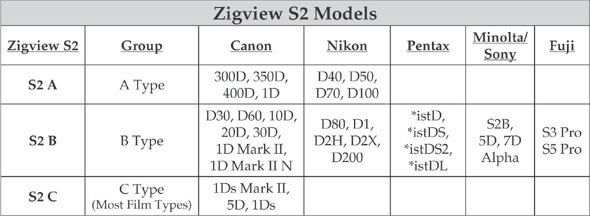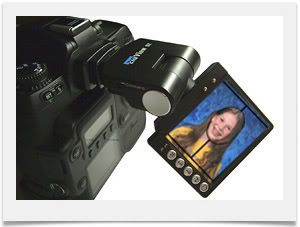Below is a really interesting counterpoint from Gillian Fassel of the San Antonio Current. Her column offers genuine insights you rarely hear from industry hack like me. It's linked to below, but I've also copied and pasted it into this post. Enjoy.
Gillian Fassel's article.
I recently read about a New York-based photo studio called Stomping Ground, which boldly claims to have “successfully reinvented the school portrait.” The portfolio on its website certainly delivers on that promise: No formal poses or cheesy backgrounds, the pictures crackle with energy, featuring exuberantly hip children, some in costume, striking a range of impish poses.
I love the photos — they remind me of the Mini Boden catalog or a fashion shoot from the now-defunct Cookie magazine — but I’m not sure I’m ready to give up on the old-school school-picture format. Still, I can’t help but feel I’m being fleeced every time I drop $40 on one of the smallest available packages. After I dutifully distribute the 5 x 7’s, 3 x 5’s, and wallets among grandparents, uncles, and aunts, I throw the rest in a box in a closet, where they shall rest, undisturbed, in their time capsule until … when? It’s hard to imagine my lively, lovely daughters ever wanting their school mug shots when so many wonderful candid photos have already been taken of them in their brief lifetimes. (Some might even say too many have been taken, as our iPhoto currently houses 38,222 images, and I haven’t even uploaded all the puddle-jumping shots from the past month’s heavy rains … )
According to Lifetouch, the company that handles our school’s pictures, these portraits are “treasured keepsakes” and “a time-honored way of reaching out to family and friends,” but in 2009 I’d say those arguments are pretty weak. When I was in school back in the Pre-Digital Age, students would exchange wallet photos after inscribing a heartfelt message (“2 good 2 b forgotten” — a primitive precursor to text-speak) on the back. Do kids even bother posting school portraits to their MySpace pages nowadays? And who, aside from technophobic grandparents, really needs wallet photos when we have phones?
Though we “reach out” primarily through email and photo-sharing sites, blogs and social-networking sites, a case can be made for the school picture as a rite of passage. Those iconic tributes to bad hair, inappropriate smirks, and odd fashion choices may be cheesy, but they’re part of our shared cultural history. Almost everyone who was once a student in an American public school has a shoebox full of them stowed away somewhere, if they’re lucky, or else framed and proudly displayed on their parents’ mantelpieces. Or, better still, posted and tagged by a dear, dear frenemy on Facebook. School pictures are a great equalizer. They keep our hubris in check. They say, you may be super-successful and have stunning children and a really effective personal trainer, but underneath it all, you’re just another kid in a velour shirt, with goofy glasses and an untamed cowlick, grinning nervously in front of a painted forest backdrop. When the endearingly embarrassing yearbook photo of some celebrity finds its way into the pages of Us Weekly, we feel kinship — hey, that person really is “just like us”! (We also feel reassured by concrete evidence of the obvious surgical enhancements the celeb has undergone since middle school.)
If the school-photo companies want to put off their seemingly inevitable obsolescence, they might want to play up the nostalgia angle a little more. Acknowledge that school pictures are all about tradition — and then stop tampering so much with that tradition. When my elder daughter’s first Picture Day in kindergarten rolled around, I didn’t know what to expect, especially after those prop-heavy photo shoots in preschool (Teddy-bear tea party, anyone?). I was surprised by all of the options; for example, you could pre-select a pose and a background, though the choices were disappointingly limited to a few boring colors — blue, gray, green, or amber. If you’re going to offer different backgrounds, at least give me something interesting, even kitschy. Then again, that monochromatic “tastefulness” will one day probably seem as dated as the birch forests, covered bridges, and presidential libraries featured in my old school photos.
I was mildly disturbed to learn you could pay extra for the portrait to be retouched, and that you could even request that it be shot in soft focus — as if your fresh-faced 5-year-old were in need of the same kind of help as Marlene Dietrich or Barbara Walters. Perhaps I’ll change my mind when puberty mars my kids’ peachy complexions, but right now the idea of a sanitized school picture seems to defeat the spirit of the enterprise. They are supposed to be true to the moment, warts and all, and destined for the shoebox in the back of the closet. •



